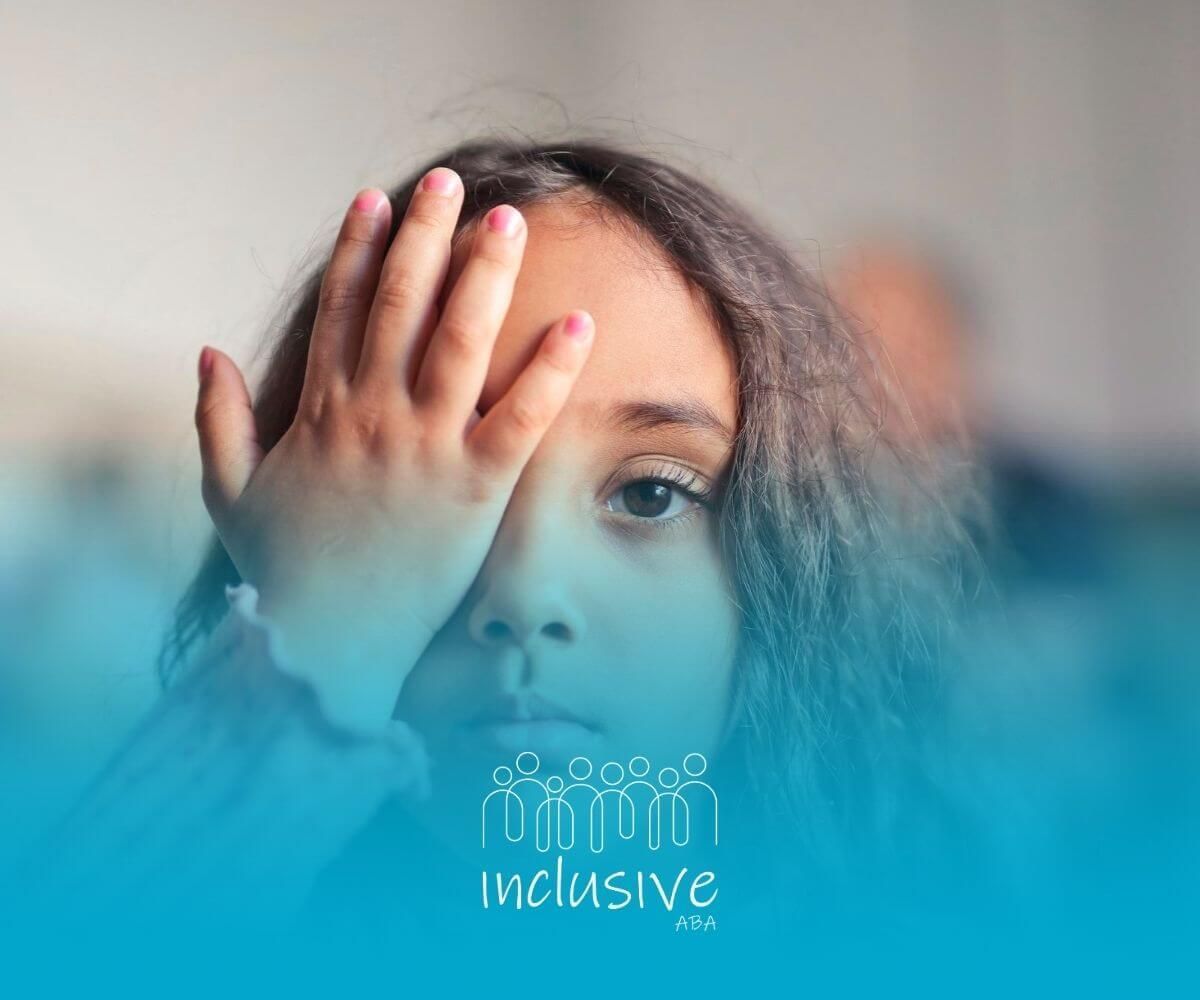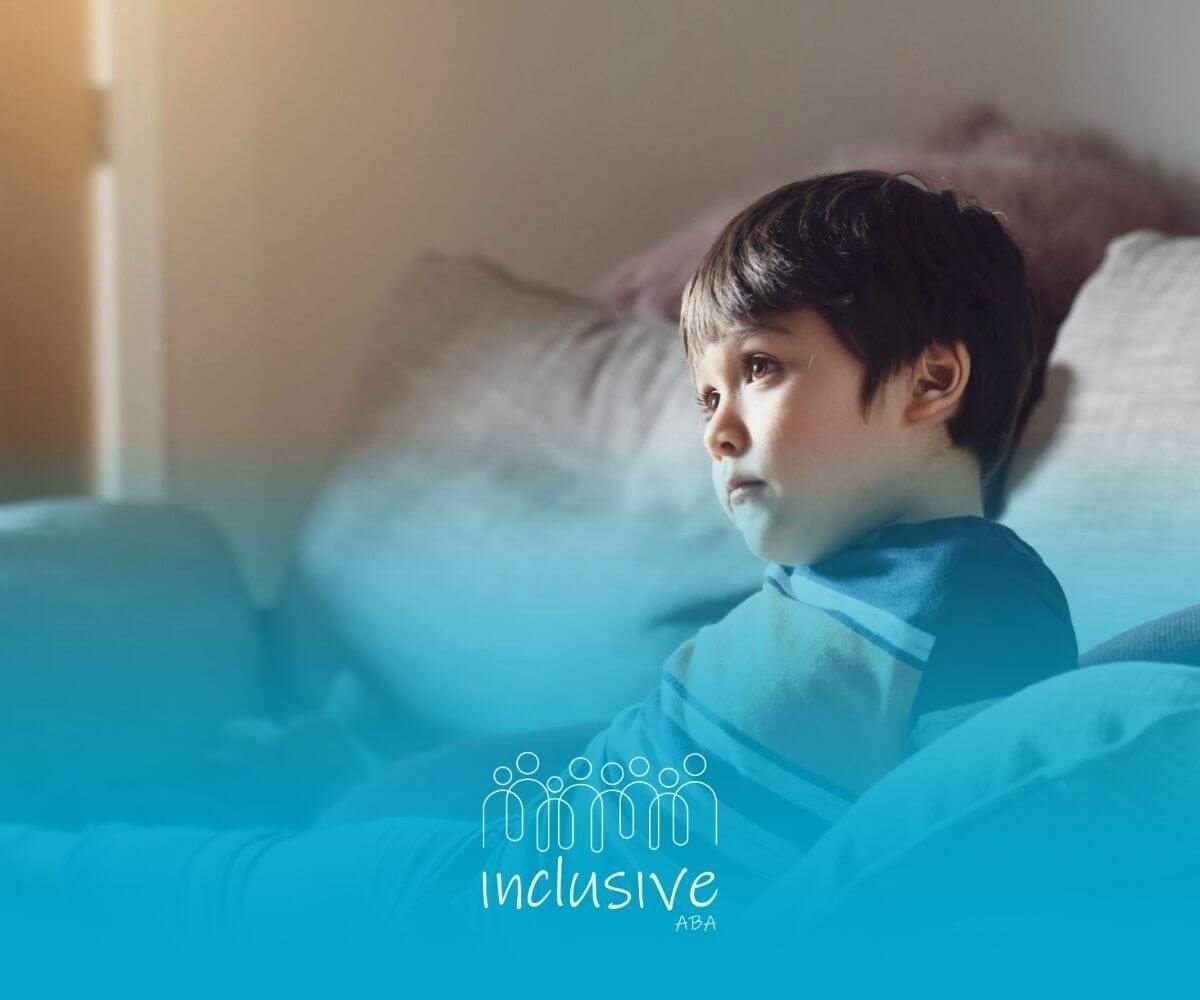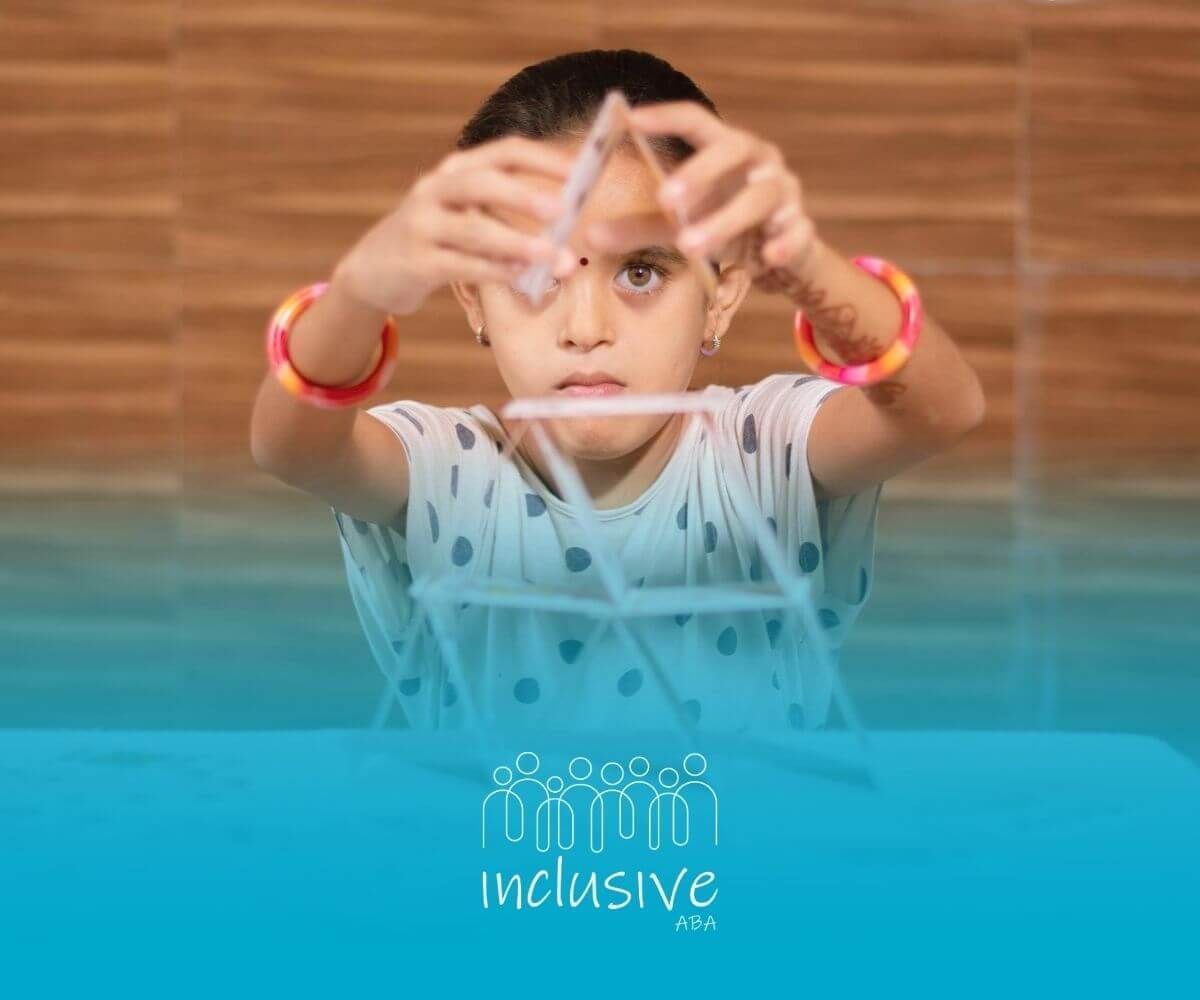How Long Does ABA Therapy Take to Work? Setting Realistic Expectations
Key Highlights
- ABA therapy timelines vary—there’s no “one-size-fits-all.”
- Early progress can often be seen in the first 3–6 months.
- More significant developmental milestones usually appear within 6–12 months.
- Age, therapy intensity, and family involvement strongly influence results.
- The ultimate goal of ABA is lasting independence and improved quality of life.
If you’re beginning your ABA therapy journey, one of the first questions you probably have is:
“How long will it take before I see results?”
That’s a perfectly natural—and important—question. In my experience as an ABA professional, parents often feel anxious to see progress, and understandably so.
While there’s no single timeline that applies to every child, understanding what influences outcomes can help you set realistic expectations.
Let’s explore the typical stages of progress, what you can expect along the way, and how to make the most of therapy for your child.
Key Factors Influencing ABA Therapy Effectiveness
The timeline for ABA progress depends on a number of variables. Each child has their own unique starting point, and that individuality plays a big role in how quickly progress is made.
Individual Differences and Starting Points
Every child with autism has a different profile—strengths, challenges, and learning styles. For example, I’ve worked with children who already had some communication skills, and their language progress was faster compared to those who needed to build communication from scratch.
That’s why ABA starts with a comprehensive assessment. This isn’t just paperwork—it’s a roadmap. We use it to understand your child’s needs, strengths, and goals, and then design a therapy plan that’s highly individualized.
Age and Developmental Stage
Age matters. Research consistently shows that early intervention leads to better outcomes. In fact, studies indicate that children who begin ABA before age 5 often make more substantial long-term gains.
For example, one study in Autism Research found that younger children improved more quickly thanks to brain plasticity—the ability of the brain to adapt and learn new skills (Olley, 2020).
That said, ABA isn’t just for toddlers and preschoolers. For older children and teens, the focus often shifts toward advanced social skills, daily living skills, and even vocational training. The therapy adapts to each stage of life.
Severity of Autism and Co-occurring Conditions
Another factor is the severity of autism symptoms and whether there are co-occurring conditions like ADHD, anxiety, or sensory processing challenges.
These additional needs don’t make progress impossible—they just mean therapy has to be more comprehensive and may take longer.
In these cases, I always remind families: progress is still happening, even if it takes more time. The key is celebrating small victories along the way.
Typical Timeline for Noticing ABA Therapy Results
Although every child’s journey is unique, most families can expect progress in phases. Here’s a breakdown of what you may notice:
Early Signs Within the First 3–6 Months
The first few months are all about building rapport and laying the groundwork. Trust between your child and their therapist is essential. You’ll often see small but meaningful changes, such as:
- Following simple instructions (e.g., “sit down”)
- Fewer behavioral outbursts
- More eye contact or use of gestures to request something
These are early wins that show your child is responding to therapy. I always tell parents: don’t underestimate these small steps—they’re the building blocks of bigger progress.
Milestones at 6–12 Months
Between six months and a year, the progress usually becomes more noticeable. Families often share that their child is now:
- Moving from simple requests to short conversations
- Engaging more in play with peers
- Showing independence in daily routines
This is when therapy starts to feel especially rewarding—you see the connection between all that consistent effort and your child’s real-world progress.
Long-Term Outcomes (1 Year and Beyond)
After a year or more, the transformations can be profound. Many children develop stronger communication, better self-regulation, and deeper social connections.
More importantly, they begin to generalize these skills—using them not just in therapy, but at home, school, and in the community.
Ultimately, the goal is independence. ABA equips children with tools to live fulfilling, confident, and connected lives.
Recognizing Effective ABA Therapy
How do you know if ABA is truly working? Here are some indicators I always encourage families to look for:
Observable Behavior Changes
Look for clear, measurable differences in behavior. Examples include:
- Reduced frequency of challenging behaviors
- Increased engagement in tasks
- Improved ability to handle transitions with less distress
Achievement of Functional Skills
Beyond behavior, progress should be visible in daily life skills—things like brushing teeth, dressing independently, or asking for help appropriately. Each new skill means greater independence.
Continuous Monitoring
Good ABA therapy is data-driven. Therapists track progress session by session, adjusting techniques when needed. I recommend asking your therapy team to share this data with you regularly—it helps you see tangible proof of progress.
Maximizing Results: The Role of Family and Providers
In my experience, children progress the fastest when families and providers work as a team.
Parental Involvement
Your role is huge. By reinforcing skills at home, you make learning consistent. Simple strategies—like praising positive behaviors, practicing communication at mealtimes, or reinforcing self-care routines—help therapy “stick.”
Building Strong Relationships with Therapists
Open communication with your child’s BCBA and therapy team is essential. Share what’s working at home, ask questions, and attend team meetings when possible. Collaboration ensures therapy remains effective and tailored.
Encouraging Generalization
True success is when a child can use skills across settings. For example:
- Practicing greetings during playdates
- Asking politely for items while shopping
- Using coping skills during transitions outside of therapy
These real-world applications are where progress becomes life-changing.
Conclusion
So, how long does ABA take to work? The short answer is: it depends. Some children show early progress in just a few months, while more significant milestones often emerge around 6–12 months. Long-term, the changes can be life-transforming.
Remember, the timeline is influenced by your child’s unique needs, their age, the intensity of therapy, and—importantly—your involvement as a parent or caregiver. By staying engaged and supportive, you can help create an environment where your child thrives.
At Inclusive ABA, we’re proud to provide high-quality, individualized ABA therapy across multiple states, including Nevada, Tennessee, Colorado, Utah, Iowa, and Ohio.
We offer a variety of programs tailored to meet your family’s needs, from home-based ABA therapy that builds skills in the comfort of your own home, to school-based ABA that supports learning and social skills in educational settings, and ABA parent training that empowers caregivers with strategies to reinforce growth every day.
If you’re ready to give your child the tools for greater independence and a brighter future, we’d love to walk this journey with you. Reach out to our team today and discover how ABA therapy can make a lasting difference.
Frequently Asked Questions
How long do most ABA therapy programs last?
Most programs last several years, sometimes up to five. While small changes may be seen within the first 3–6 months, consistent therapy is usually needed for long-term progress.
Do timelines vary for every child?
Yes, absolutely. Each child progresses at their own pace based on age, needs, and severity of autism.
What are the earliest signs ABA is working?
Small but powerful shifts, like more eye contact, following simple instructions, or using gestures to communicate, are early indicators that ABA strategies are taking effect.
Sources:
- https://www.autismspeaks.org/levels-of-autism
- https://pmc.ncbi.nlm.nih.gov/articles/PMC7421097/
- https://www.chop.edu/health-resources/applied-behavior-analysis-aba-children-autism
- https://pmc.ncbi.nlm.nih.gov/articles/PMC8702444/
- https://pmc.ncbi.nlm.nih.gov/articles/PMC11487924/
Looking for Expert Help? We're Here for You!
Our compassionate and skilled team is devoted to enhancing your child's development through customized ABA therapy. Let us partner with you to create a supportive environment for your child's success.
Discover how we can help your family thrive with expert ABA therapy.
Related Posts







